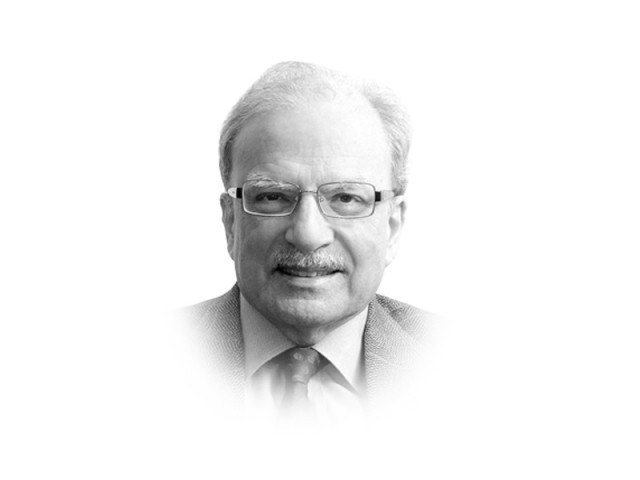Challenges of governance
A great deal hinges upon how effectively the state can perform its role.

The writer is a former caretaker finance minister and served as vice-president at the World Bank
This posture was maintained by the first military government headed by General Muhammad Ayub Khan that governed for nearly 11 years, from October 1958 to March 1969. Although the military government totally restructured the political system, it left the private sector largely in command of the economy. But some constraints were introduced, such as an industrial licencing system that resulted in some ways from the notorious ‘licence raj’ system in India. Some incentives were provided through the availability of easy capital to have enterprises locate in the less developed regions of the country. This brought about some dispersal of economic assets in the relatively more backward areas. The government also introduced a system of dual exchange that rewarded exporters of certain products.
The most important change brought about by the government of Ayub Khan was to bring discipline into the state’s role in the economy. A system developed by the Planning Commission was introduced that took a careful look at the public sector development programme (PSDP). Projects included in the programme were carefully reviewed, with some responsibility assigned to the planning and development departments of the two provinces. The provincial role depended upon project size. The PSDP was designed to serve the broader development strategy that originated with the Planning Commission. The size of the PSDP expanded as large amounts of external development assistance became available.
The pendulum swung in the other direction during the period of then prime minister Zulfikar Ali Bhutto (1971-77) when the state, seeking to climb the economy’s commanding heights, expropriated all large-scale industrial, commercial and financial enterprises. Nationalisation of private assets was one of the strategies followed to bring about better distribution of income. Expropriation was, in fact, a heavy tax on capital which was to be used for improving the wellbeing of the workers. Very little of that actually happened. Instead, the state used the regulatory system to improve the condition of the working class. Labour laws and provisions for providing health care and pensions to the working classes were incorporated in the strategy to improve the economic situation of workers. The state also invested heavily in some of the sectors in which it had monopoly power.
After Bhutto’s departure from the scene, political managers sought to restore what they thought should be the balance between the state and the private sector. But it took several years to undo what was done in a couple of years by the Bhutto administration. By then, strong vested interests had developed that resisted return to the status quo ante. Slowly, the state began to climb down from the commanding heights — sometimes gradually, as in the period of then president Ziaul Haq (1977-88), and sometimes more briskly, as in the alternating premierships of Benazir Bhutto and Mian Nawaz Sharif in the 1990s. The pace quickened somewhat during the period of former president Pervez Musharraf. However, this was a withdrawal that still left a great deal of economic power in the hands of the bureaucrats. In a study, Bureaucrats in Business, the World Bank provided empirical evidence to demonstrate that public sector enterprises generally do less well than those run by the private sector. It advocated a new approach that left private enterprises largely to their own devices as long as they played by the rules of the game established by the political authority. To this was added the strong belief that some enterprises were strategically too important to be handed over to the private sector. Most of those that were left with the government to manage were in transport and service sectors, such as telecommunications (initially) but also railways and airlines. This is where the situation stands as the Nawaz Sharif government begins the task of reviving the economy. A great deal hinges upon how effectively the state can perform its role: the role to better serve the citizenry.
Published in The Express Tribune, February 17th, 2014.
Like Opinion & Editorial on Facebook, follow @ETOpEd on Twitter to receive all updates on all our daily pieces.














COMMENTS
Comments are moderated and generally will be posted if they are on-topic and not abusive.
For more information, please see our Comments FAQ